According to information from the Department of Agriculture and Rural Development, through field inspection, the whole province has more than 610 hectares of rice infected with blast disease, appearing in most rice growing areas in the province. Specifically, Hai Lang district has 395 hectares, Gio Linh 145 hectares, Vinh Linh 25 hectares... The disease rate is common from 10% - 20%, locally up to over 40%. The disease mainly damages varieties BĐR57, Bac Thom No. 7, HC95, IR38..., severely damaging in fields with dense sowing and excess nitrogen fertilization.
It is forecasted that in the coming time, the weather will continue to be cloudy, with drizzle, high humidity, fog at night and early morning, and the rice plants growing well as they are now, which will be very favorable conditions for the rice blast disease to continue to arise and cause damage, spread widely, cause severe damage and burn on susceptible varieties, fields with unbalanced fertilization, and excess nitrogen.

To effectively prevent and stop the spread of rice blast disease, the Department of Agriculture and Rural Development requests the People's Committees of districts, towns and cities to direct specialized agencies to strengthen field inspections, guide farmers on technical measures to care for and prevent rice blast disease; urge the People's Committees of communes, wards and towns to urgently direct cooperatives and farmers to implement technical measures according to the instructions of specialized agencies.
Increase inspection and spray pesticides promptly when the disease rate is about 5%. Severely damaged areas must be sprayed a second time 5-7 days after the first time.
At the same time, increase the water level and stop fertilizing all types of fertilizer until the disease stops developing. Spray neck blast prevention medicine 5-7 days before rice blooms, especially in areas infected with leaf blast, epidemic areas, fields with excess nitrogen fertilizer, and areas where infected seeds are sown.
Le An
Source





![[Photo] Visiting Cu Chi Tunnels - a heroic underground feat](https://vstatic.vietnam.vn/vietnam/resource/IMAGE/2025/4/8/06cb489403514b878768dd7262daba0b)







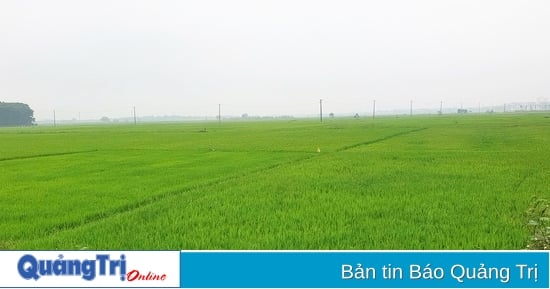






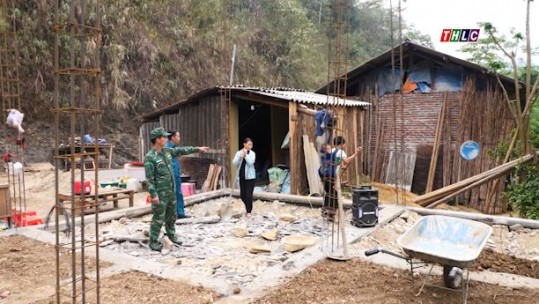




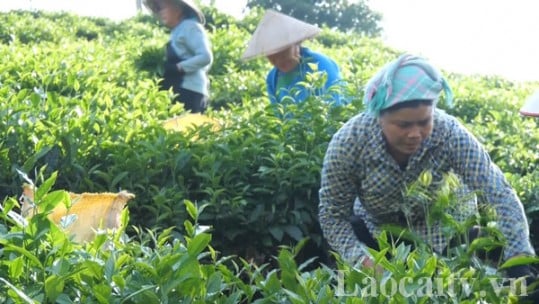

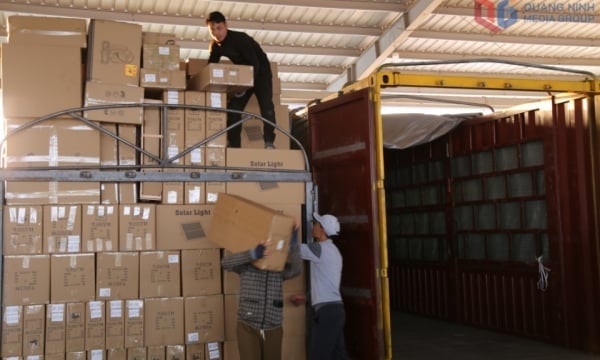

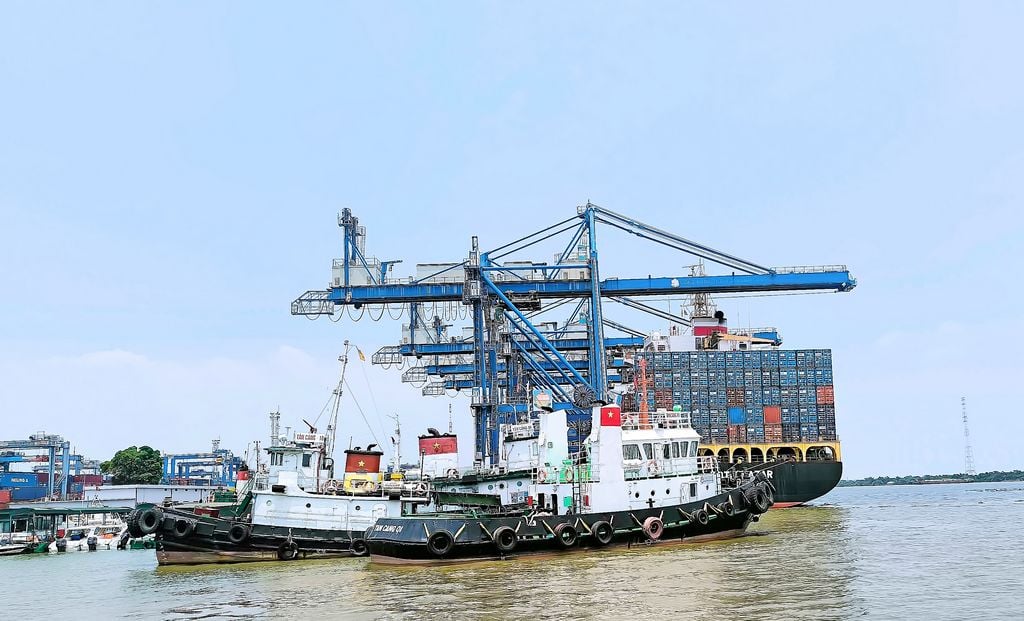





















































Comment (0)